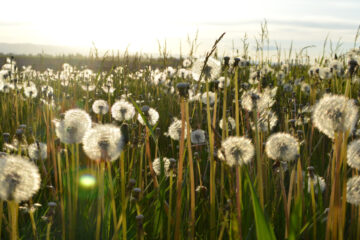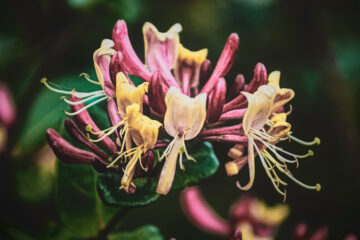A garden hedgerow no longer has to be the neatly trimmed, uniform hedge that runs along the border of your garden. By carefully selecting differing hedges, mixing them up with some trees you can get a great looking hedgerow that is also great for wildlife.
Hedgerows have numerous benefits, providing isolation from noise, rain and wind, more so that fence panels, and the pricklier varieties will help to deter intruders. Many native hedge and tree species produce edible fruit which will feed birds and animals – as well as us! Birds are offered nesting opportunities and protection from the weather and predators, bees and butterflies will feed from the blossom and caterpillars will hedge foliage.
In the winter hedging plants and trees can be picked up very cheap and can be planted ready for the spring.
Great varieties to try
Blackthorn
A large plant that can grow up to 5m, also known as sloe. It produces flowers and berries in the late autumn. The berries are too sour to eat raw but are ideal to make sloe gin, sloe wine or sloe jelly.
Hawthorne
Another large, and fast growing shrub. A prickly shrub, loved by birds for its orangey/red berries. The fruit can be used to make jelly and sauce.
Crab apple
A small tree that fruits small, bitter apples. A heavy load of blossom is great for pollinators, the fruits are too sour to eat but can be made into jelly.
Elder
A flowering and fruit producing shrub that birds absolutely loved by birds. The berries can also be made into juices, jellies, pies and of course the ever popular wine.
Damson
Closely related to the plum the damson produces its fruit in the autumn, loved by birds and by wasps. Too sour to eat raw damsons are delicious in crumbles, sauces jams and damson gin.
Wild cherry
A generally large tree, producing fruit that are loved by birds and leaves that are popular with the caterpillars of many butterflies and moths. Flowering in late spring and producing their fruit in autumn.
Hazel
A tree that can be easily cut back to manage its size and producing fruits, pollinated by the wind. Hazel nuts are enjoyed by birds and fallen fruits will be eaten by smaller animals.


